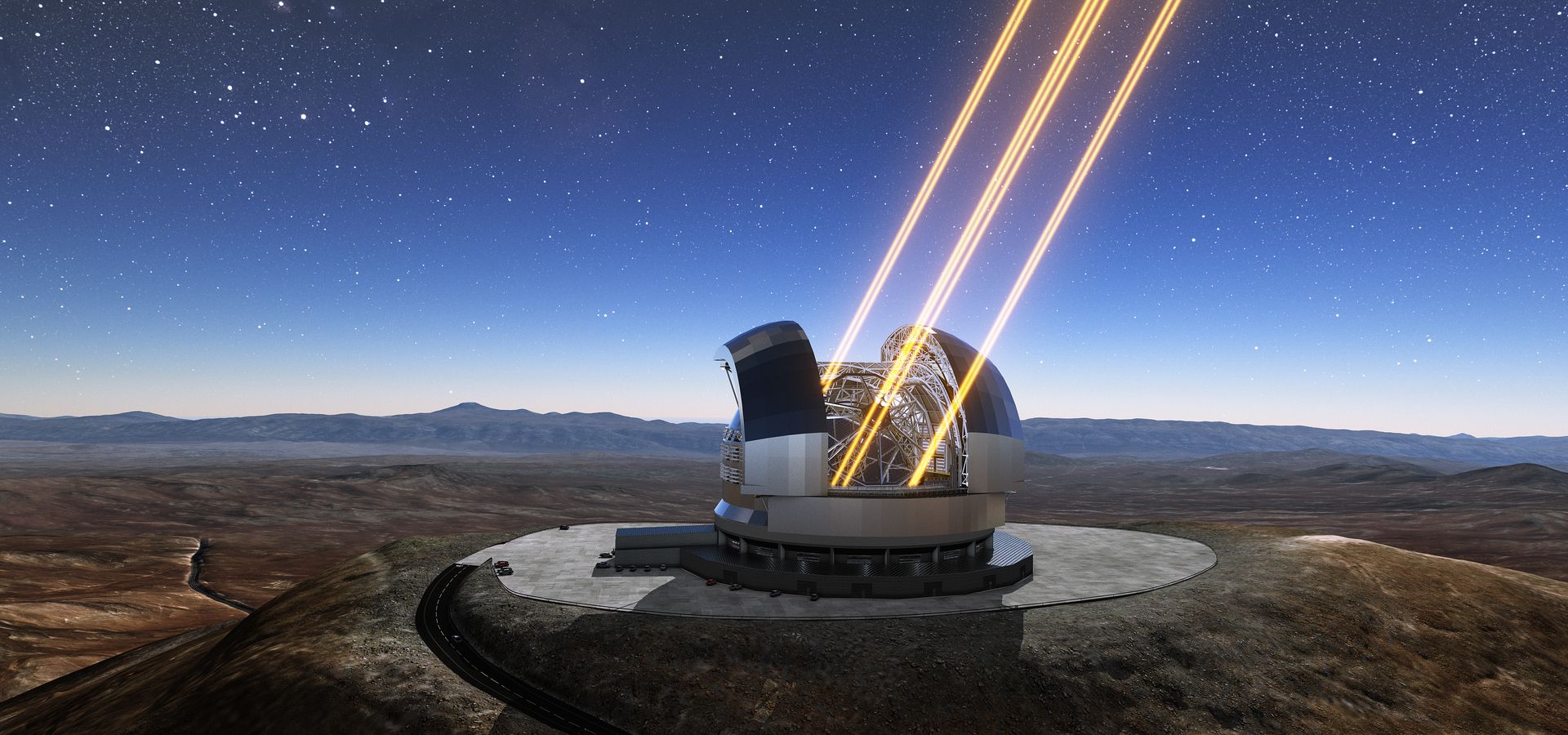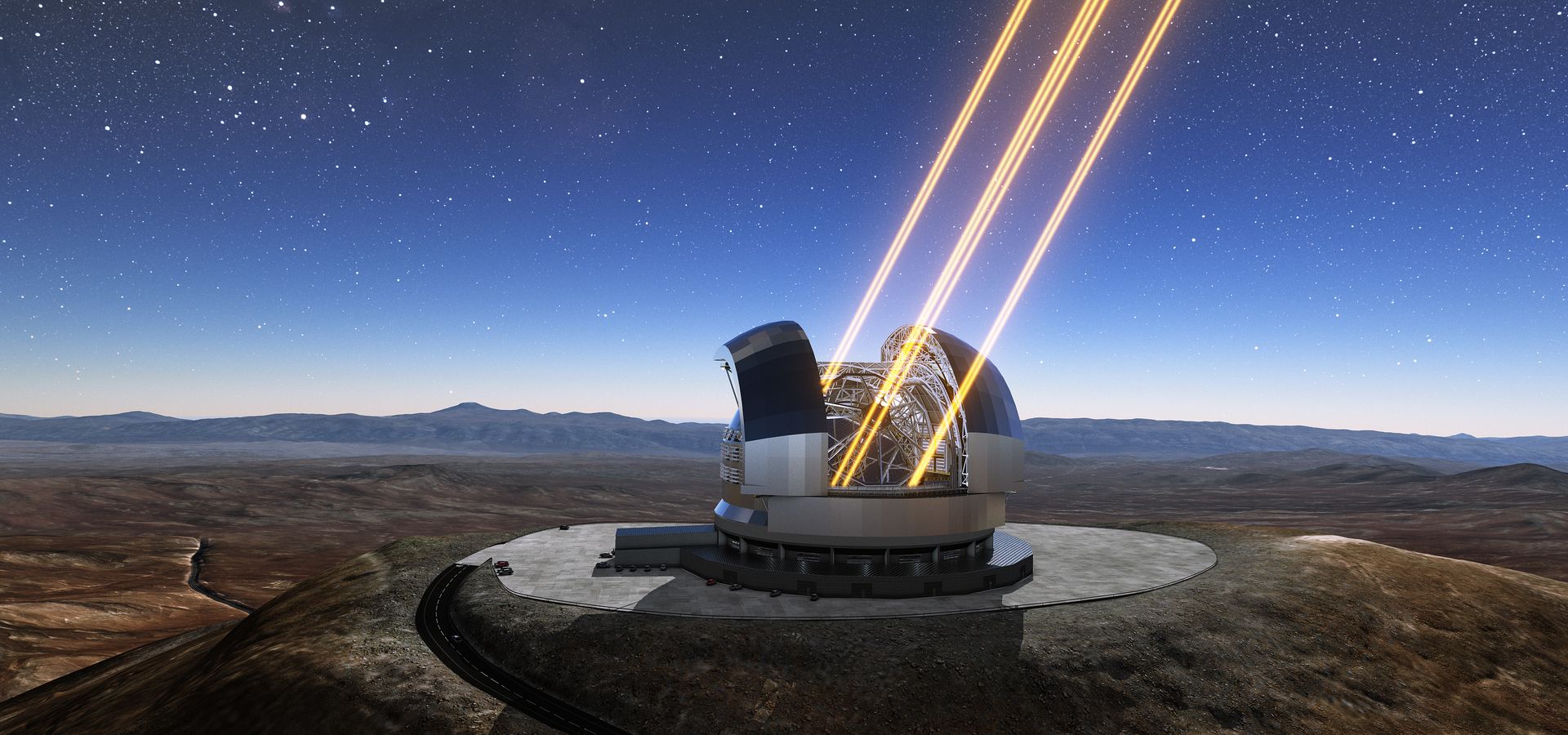An interview of Alban REMILLEUX, CRAL
An interview of Alban REMILLEUX, Centre for Astrophysical Research, Lyon

How is cryogenic equipment used in astronomy?
The human eye is sensitive to only a tiny part of the electromagnetic spectrum, but the universe emits radiation of many other wavelengths, especially in the infrared. In astronomy, capturing these wavelengths makes it possible to observe what is otherwise invisible, such as very distant celestial objects which are strongly affected by red shift (the shift of their emitted radiation towards the red), because of the expansion of the universe. However, this type of observation presents a major difficulty; the detection instruments are, at ambient temperature, themselves emitters at these wavelengths. To prevent the instruments from self-parasitizing, they must be cooled using cryogenic systems.
Thanks to funding from the LabEX 'Laboratory of EXcellence' at the Lyon Institute of Origins (LIO), the Lyon Astrophysical Research Center (Centre de Recherche Astrophysique de Lyon (CRAL)) has installed three items of equipment of this type: a cryostat, an enclosure capable of cooling to 130 Kelvin (-143 degrees Celsius), and two other tools specifically designed to withstand these extreme temperatures: an innovative photogrammetric measurement system and a wavefront analyzer. These enable very precise characterization of the position and surface condition of an instrument's optics.
In which types of project(s) are these items of equipment used?
These instruments will be used mainly for the construction and parameterization of a subsystem of HARMONI, one of the eagerly awaited instruments of the future giant Extremely Large Telescope (ELT), under construction at the top of Cerro Amazones, in the Atacama desert in northern Chile.
HARMONI, the first instrument that will be installed on the ELT, the largest optical telescope ever made.
A dozen laboratories, mainly in Europe, are involved in the construction of HARMONI, whose delivery is scheduled for 2025. HARMONI is a 3D spectrograph, which records both two-dimensional images as well as breaking down the spectrum of the light in a third dimension. HARMONI is a unique instrument that will make possible the observation of extremely distant celestial objects, thanks in particular to the very great collecting power of the ELT. Among other things, it will enable the universe to be observed when it was very young, about 400 million years after the Big Bang, at the time when the first stars were being formed.
In particular, the CRAL teams are responsible for implementing HARMONI's Integral Field Unit. This subsystem, located at the heart of the instrument, will be used to separate, section and rearrange the telescope's field of view so as to power the instrument's four spectrographs, which can thus break down the light and analyze it.
